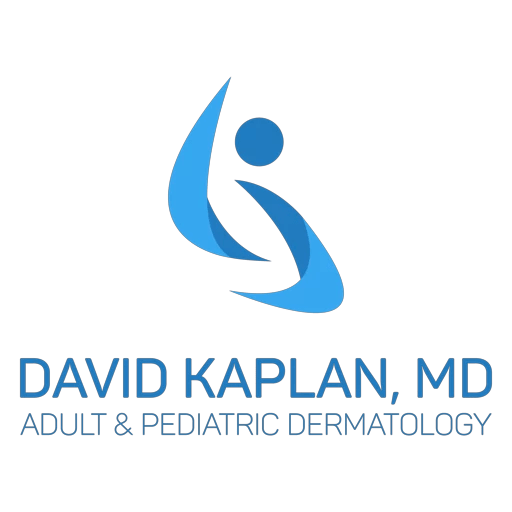Skin cancer remains the most commonly diagnosed cancer worldwide, with millions of new cases reported each year. Understanding prevention strategies and recognizing early warning signs are more crucial than ever. Dermatologists and medical organizations have also refined their recommendations in recent years, emphasizing a more personalized and proactive approach to skin health. This article provides a comprehensive overview of the latest information on how to prevent skin cancer, how to detect it early, and what experts currently recommend.
Understanding Skin Cancer and Its Risk Factors
Skin cancer occurs when mutations in skin cell DNA cause cells to grow uncontrollably. The most common types are basal cell carcinoma (BCC), squamous cell carcinoma (SCC), and melanoma, the most dangerous form due to its ability to spread rapidly. Exposure to ultraviolet (UV) radiation from the sun and tanning beds remains the leading risk factor, though genetics and environmental conditions also play significant roles.
Recent research highlights an increase in non-melanoma skin cancers in populations under 40, attributed in part to early-life sunburns and indoor tanning habits during adolescence. Moreover, increased outdoor activity without adequate protection contributes to the global burden of this disease. Medical professionals now emphasize long-term, habitual prevention starting in childhood.
Updated Prevention Strategies
While sunscreen remains a cornerstone of skin cancer prevention, the modern approach is more holistic and science-backed than ever before. Dermatologists now advocate for layered, behavior-based prevention that integrates daily routines and community-wide education. Advances in wearable UV sensors and SPF-infused clothing have also enhanced the effectiveness of these efforts.
Key Prevention Practices:
- Daily sunscreen application: Sunscreen with SPF 30 or higher should be applied every morning—even on cloudy days—and reapplied every two hours during outdoor activity.
- Protective clothing: Wide-brimmed hats, long sleeves, and clothing with UPF (Ultraviolet Protection Factor) ratings offer physical barriers to harmful UV rays.
- Avoid peak sun exposure: The sun is most intense between 10 a.m. and 4 p.m. Staying in shaded areas during this window reduces cumulative UV damage.
- Regular use of sunglasses: UV-blocking sunglasses protect the sensitive skin around the eyes and prevent conditions like ocular melanoma.
- Avoidance of tanning beds: Artificial UV light dramatically increases the risk of melanoma and premature aging of the skin.
- Vitamin D alternatives: Instead of unprotected sun exposure, people are encouraged to obtain vitamin D through diet or supplements.
- Routine skin care with antioxidants: Topical antioxidants, such as Vitamin C and E serums, are increasingly used to combat oxidative stress from UV damage.
Early Detection: Recognizing the Signs
Early detection significantly increases the chances of successful treatment, especially in melanoma cases. While nothing compares to the trained eye of a dermatologist, the most reliable self-examination method remains the ABCDE rule for identifying potentially cancerous moles:
- Asymmetry: One half of the mole does not match the other.
- Border irregularity: Edges are ragged, blurred, or notched.
- Color variation: Multiple colors, such as black, brown, red, or blue, appear within the same lesion.
- Diameter: A mole larger than 6mm (about the size of a pencil eraser) warrants attention.
- Evolving: Any change in size, shape, color, or elevation, or new symptoms such as bleeding or itching.
In addition to checking moles, individuals should look for new growths, scaly patches, or sores that do not heal. These could be early signs of non-melanoma cancers and should not be ignored. Annual skin checks by a board-certified dermatologist are now recommended for all adults, with more frequent visits for those with a history of skin cancer or atypical moles.
Protect Your Skin this Summer
Preventing skin cancer in 2025 requires a proactive, tech-enhanced, and individualized approach that goes beyond sunscreen alone. With early detection methods becoming more accurate and accessible, and dermatologists offering increasingly customized care plans, the tools to combat skin cancer are stronger than ever.
However, consistent public education and personal vigilance remain essential. By adopting science-backed protective habits and seeking regular dermatological care, individuals can dramatically reduce their risk of skin cancer and catch it early when it is most treatable.If you ever have questions or concerns about melanoma or skin cancer, please contact the providers at APDKC. Our skin cancer screenings can help you identify risk factors, offer education on what may be significant skin changes, and provide examples of how to identify concerning changes (such as “smudging” color changes in moles, evolving patterns of pigmentation). Please call (913) 469-1115 to schedule your next consultation.

